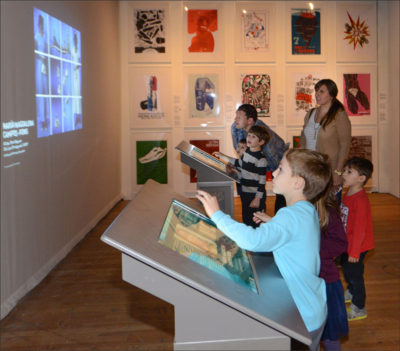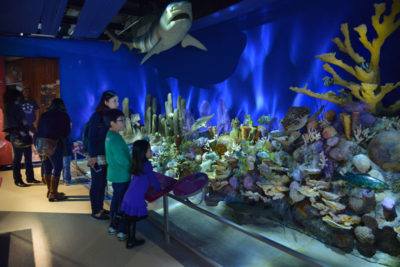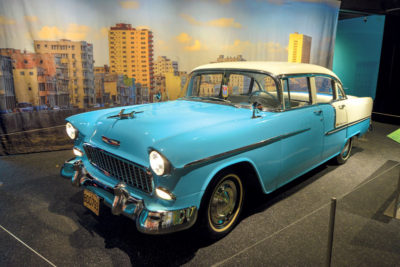Exhibition showcases island’s culture and biodiversity

When the Obama Administration revived diplomatic relations with Cuba back in 2015, it provided the opening for the American Museum of Natural History (AMNH) to work on and eventually unveil ¡Cuba!, an exhibition that explores the island nation’s rich biodiversity and culture and is the museum’s first full bilingual show. Unveiled in late November of last year, it will be on view until Aug. 13.
Visitors get to take in aspects of Cuba’s traditions and art to the natural beauty represented by the diverse ecosystems found in the sea, on land and in the marshes and caves in between. Specimens, live animals and lifelike models represent this distinctive cross-section of wildlife, both living and extinct. And while both countries’ governments are attempting to warm up to each other following a decades-long embargo, the relationship between the AMNH and its Cuban colleagues goes back to the first scientific expedition to Cuba led by ornithologist Frank Chapman in 1892.
“American Museum of Natural History scientists have worked in collaboration with colleagues in Cuba for many decades, studying the extraordinary biological diversity and endemism of this island nation,” said American Museum of Natural History President Ellen V. Futter. “We are delighted now to work in collaboration with the National Natural History Museum in Havana in a groundbreaking partnership to present this major exhibition exploring Cuba’s amazing and unique nature and culture, especially at a time when cultural understanding and education are critically important.”
Recreations of the Zapata wetlands (including a model of an endangered Cuban crocodile lunging out of the water for some prey), a reconstructed cave environment where fossil remains of a giant ground sloth once common to the island were found and a replication of the jewel-like keys called Gardens of the Queen can be experienced by visitors looking to explore Cuba’s biological and ecological attributes.
The country’s cultural side is also represented in great depth as well. Exhibits highlight its 16-team baseball league and food while an old Philco radio in working condition allows visitors to listen to traditional classical Cuban music, dance songs and even hard rock. Old and new are bridged with a walk down a fictional boulevard that has a segment where visitors can play a game of dominoes, view a walking tour of different villages, cities and regions or stop to admire a fully restored 1955 Chevrolet Bel Air.

An introductory film about Cuba’s history—including its first peoples, slavery, sugar industry and the 1959 revolution—provides visitors with historical context for contemporary realities at the beginning of the exhibition. Nearby, life-sized portraits of modern Cubans paired with short excerpts offer a chorus of voices from Cuba and abroad that offer varying perspectives, observations, dreams and views. Other parts of the exhibition include a replica of a tobacco drying room and a pair of altars celebrating the Afro-Cuban spiritual tradition known as Santería.
The collaboration between AMNH researchers and Cuban scientists continues, with the most recent endeavor being Explore21, an initiative that began in 2013 to foster a series of innovative scientific expeditions to meet the challenges and opportunities of the 21st century. Fall 2015 saw an Explore21 Expedition team of museum and Cuban scientists head off to the Alejandro de Humboldt National Park to advance the understanding of Cuban biodiversity’s evolution, biogeography and conservation. Footage for the survey is featured in ¡Cuba! This kind of scientific teamwork will continue and serves a crucial role according to Michael Novacek, the museum’s senior vice president and provost for science.

“The museum has a long and fascinating history of collaboration with Cuba,” Novacek said. “Notwithstanding the active history of expeditionary work, there is still much to discover and understand about the Cuban biota, a mission that has become especially urgent in light of what could be an upsurge in development and industrialization of the island in coming years.”
The ¡Cuba! exhibition will be on view through Aug. 13 at the American Museum of Natural History, Central Park West and 79th Street, NYC. For more information, visit www.amnh.org or call 212-769-5100.





















